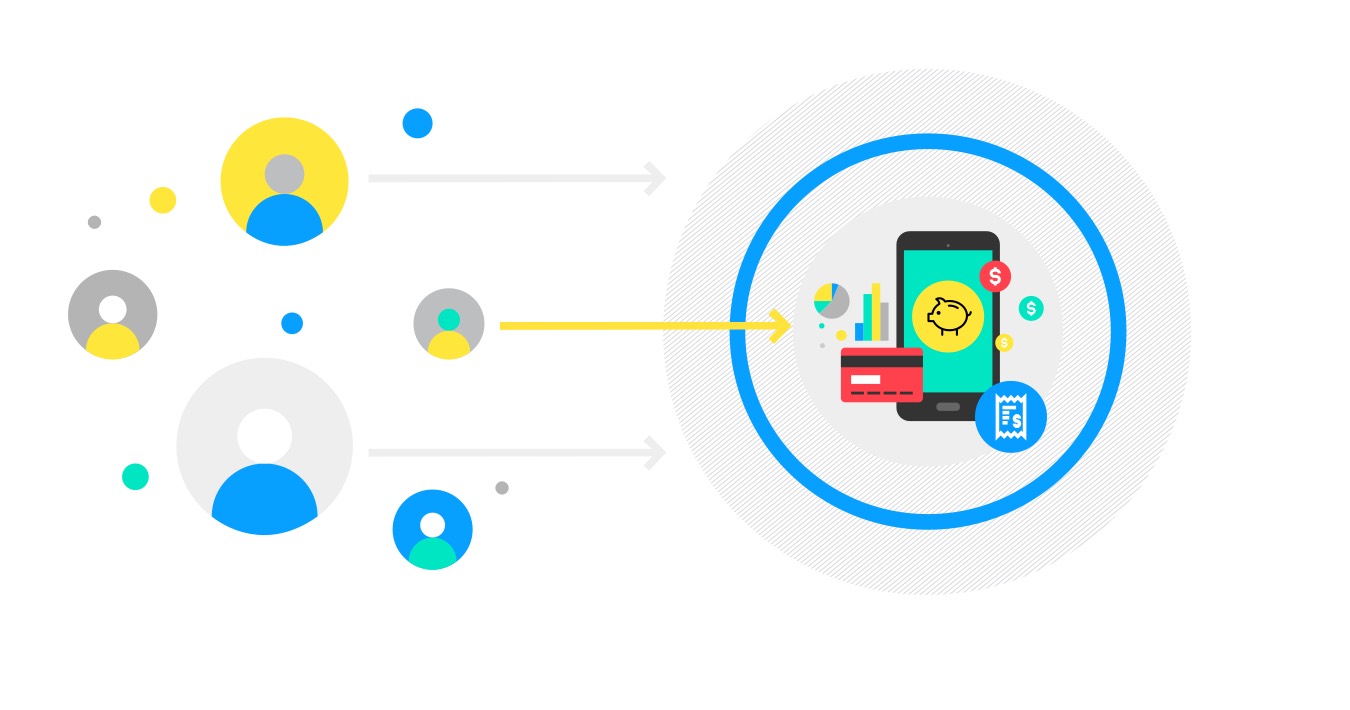Modern digital architecture has delivered hitherto unavailable interoperability and cost advantages, which makes serving unbanked populations financially viable. That’s because the core architecture for modern technology is grounded in the ABCs:
- API enabled – Banks can seamlessly plug and play components provided by partners to provide new services and capabilities.
- Big data – Banks need access to advanced analytics to procure insightful data in order to improve customer targeting and acquisition.
- Cloud first – Banks need the flexible infrastructure provided by cloud computing if they want to successfully handle the unpredictable nature of digital products for a massive audience.
Financial institutions need to figure out how they can offer products and services that resonate with these underserved populations at scale while getting a return on their investments. They can accomplish both by leveraging non-traditional data from customers’ digital footprints and through the adoption of modern technologies and architecture. First, data: potential customers generate reams of data from their online lives, specifically from their smartphones.
Although governments and NGOs have tried to drive financial inclusion through policy reform and community outreach programs, telephone companies actually pioneered simple financial services for unbanked populations. People could use their mobile phones to make payments, take out microloans, send or receive money internationally and much more. This has driven real financial activity in unbanked populations – generating profit and growth.
An important exception to the overall trend of telco companies bringing financial services to unbanked populations is India’s Aadhaar program, which matches biometrically verifiable 12-digit identification numbers with Indian citizens. This lays the foundation for compliance with know your customer (KYC) and identity and verification (ID&V). Aadhaar allowed mobile network operators, such as Reliance Jio, to provide banking and payment services.
Rural and urban communities alike are digitally savvy. Relatively inexpensive phones and data plans resulted in huge market penetration. These mobile networks have effectively established the network and digital architecture that was previously lacking – albeit in a brand-new way.
All sorts of companies are engaging with customers through their phones, including rideshares, retailers and fintechs. It’s time for traditional banks to form partnerships with these companies so they can provide data-driven experiences for their own customers.
Though personal banking is important, trade finance represents a far greater opportunity to elevate the region, stoke economic growth and conduct business with an eye toward the future. There’s a $1.6 trillion trade-finance gap in South East Asia at the moment, and a substantial portion of that could be addressed with next-generation credit and financial models – all driven by new sources of data.







